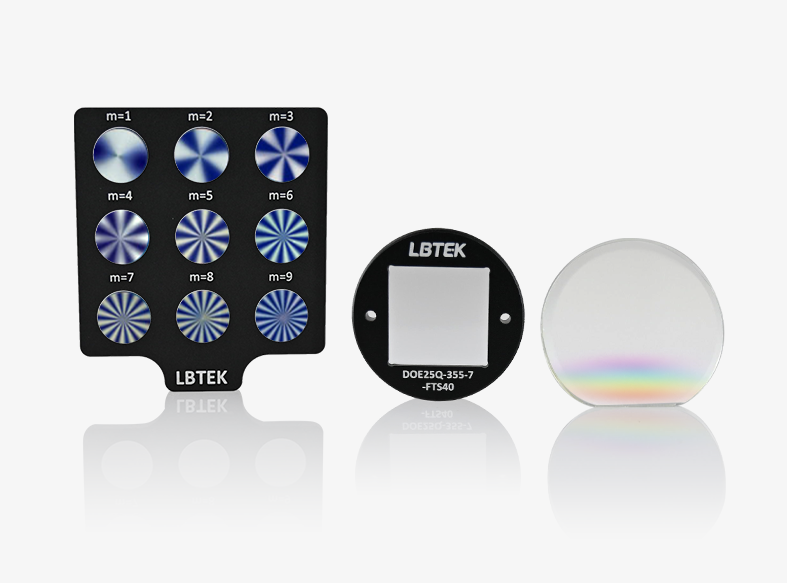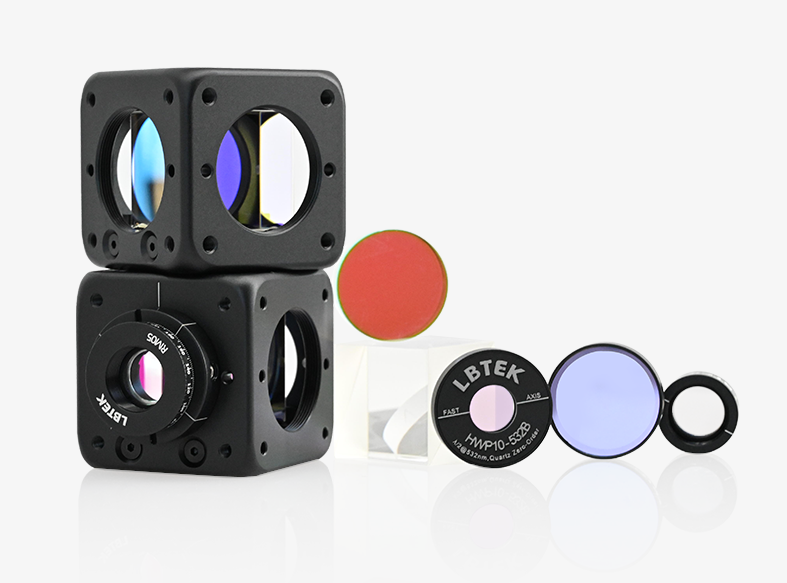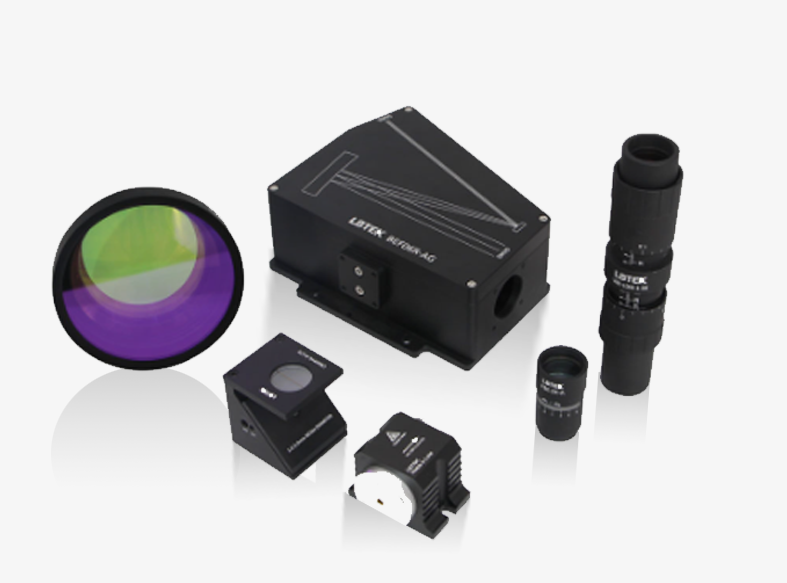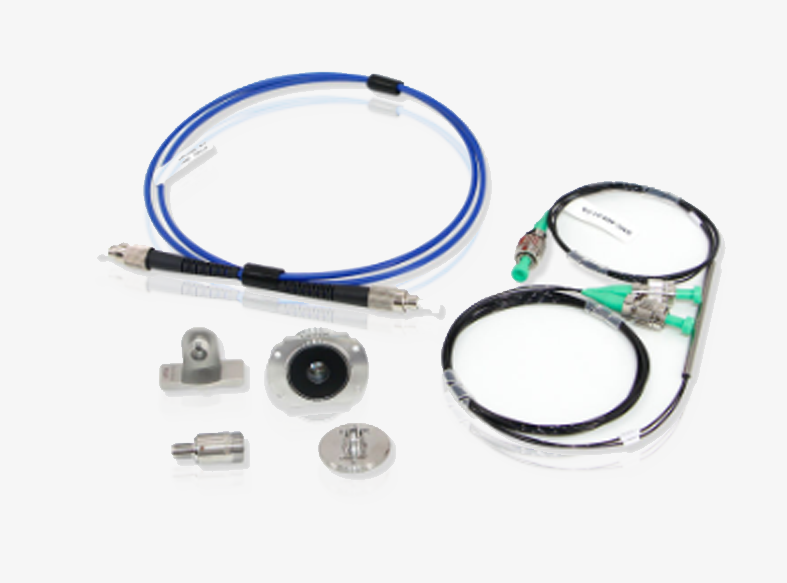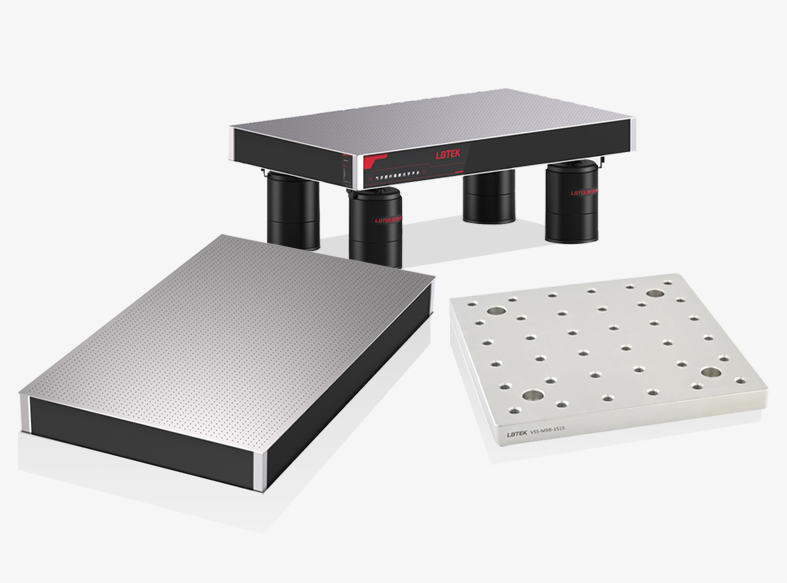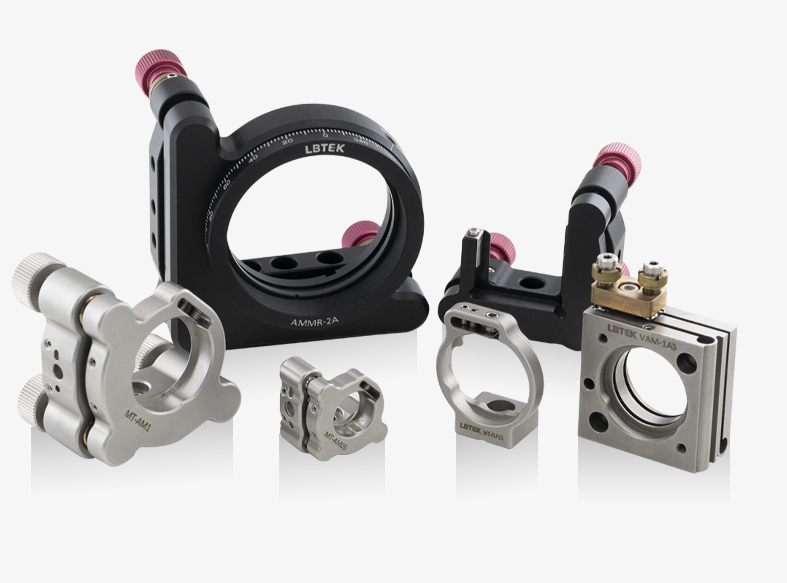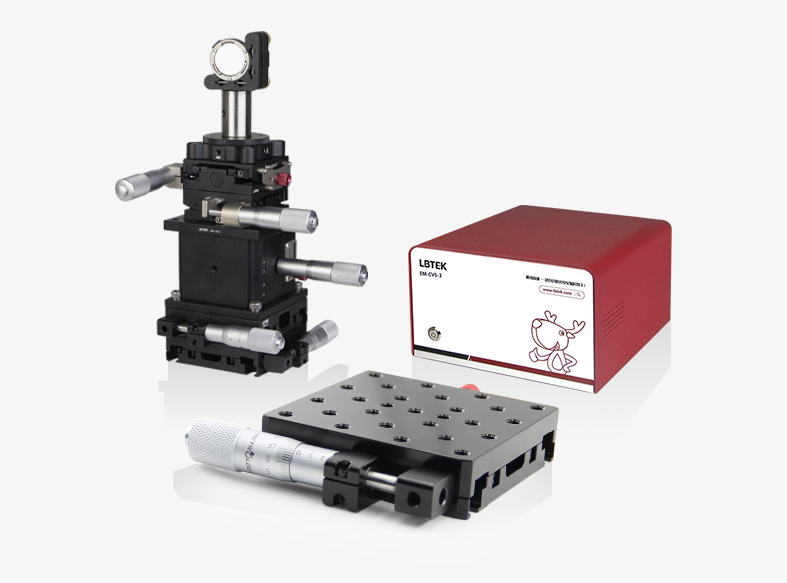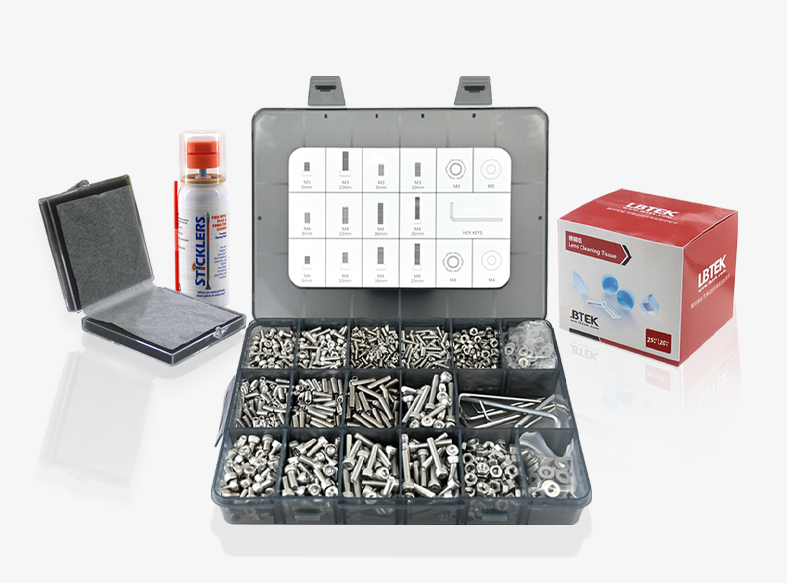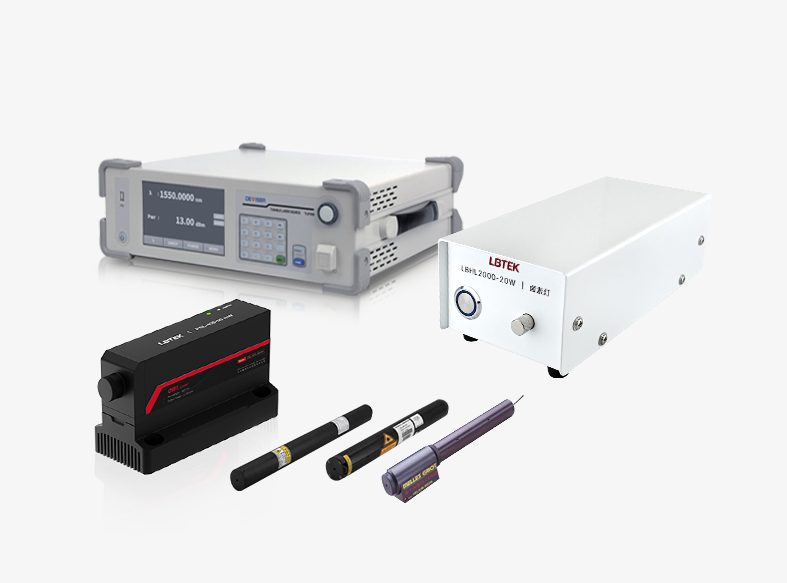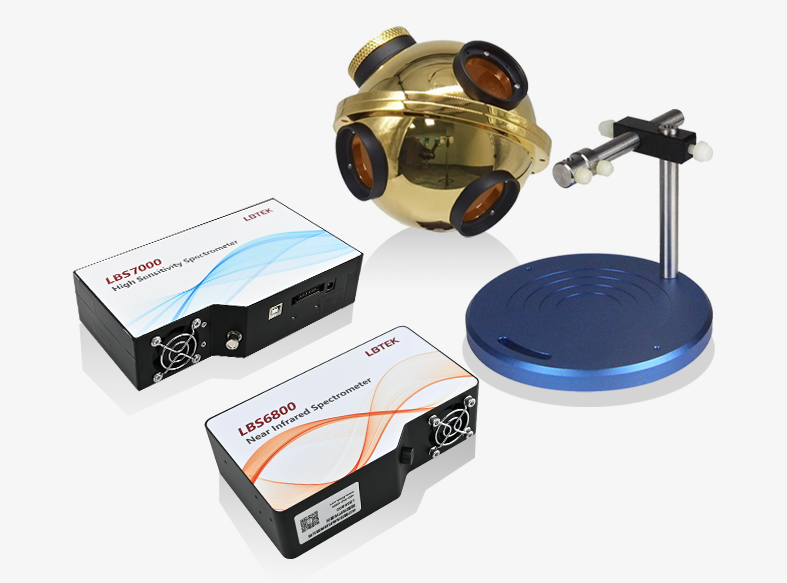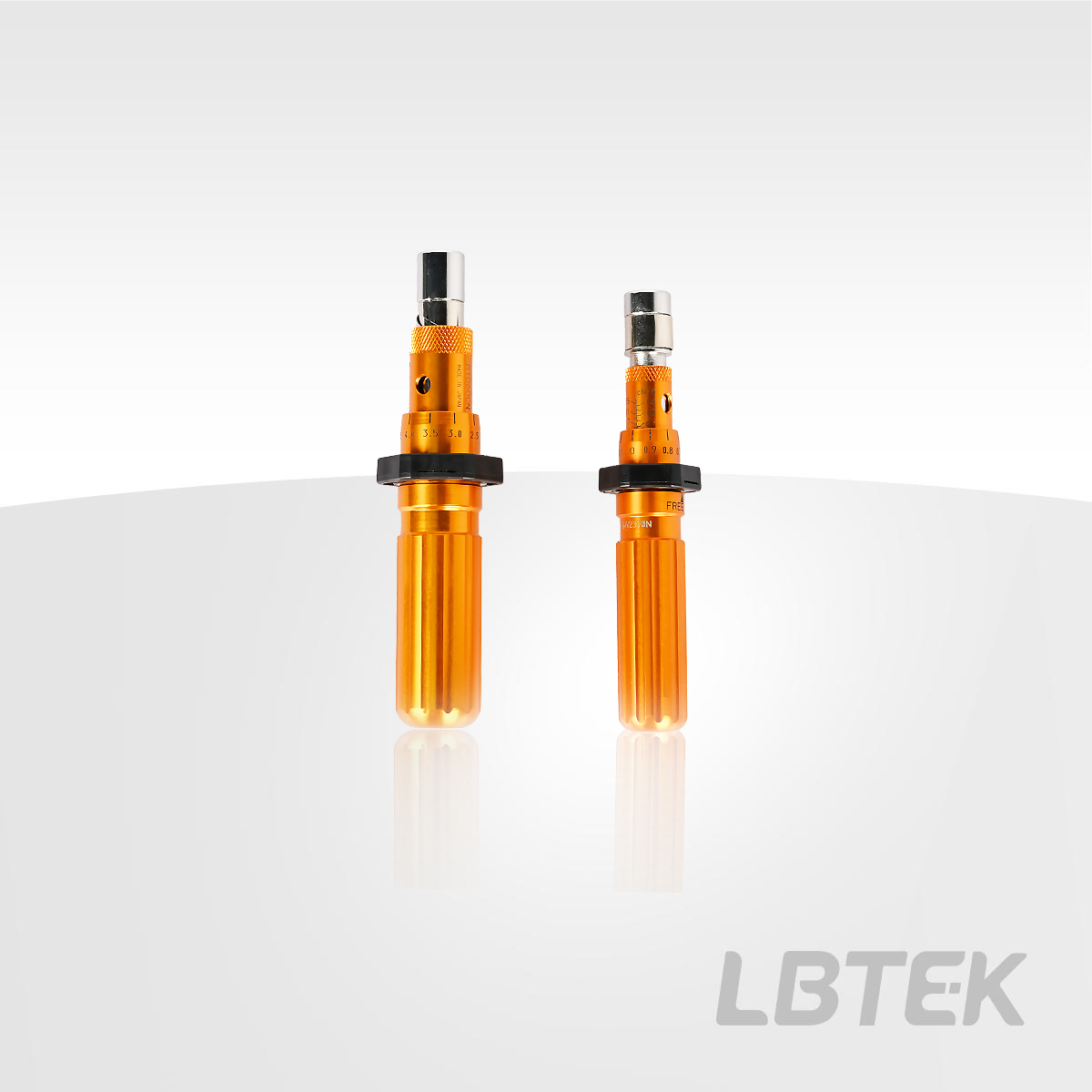
- Two torque range wrenches available
- Accuracy up to 3% of reading
- Compatible with hex bit DBT-HW
- Torque unaffected by hand position
- Wrench only, bits sold separately
The torque wrenches provided by LBTEK offer more stable installation for high-performance opto-mechanical systems. Insufficient torque can cause optical components to become too loose, while excessive torque can lead to deformation or damage of the optical components. The torque range of the OTD-K15 is suitable for securing optical components without applying excessive force; the torque range of the OTD-K60 is suitable for building opto-mechanical systems. Applying the appropriate torque to components ensures the system is assembled according to repeatable standards and eliminates the risk of components becoming loose or overtightened.
Main operating steps: 1. Loosen the lock: Rotate the lock at the end of the handle counterclockwise (to the left) to the "FREE" position to allow for torque adjustment; 2. Set the torque value: Hold the knurled part of the main scale barrel and rotate the handle, observing the alignment between the secondary scale ring and the main scale lines. First, rotate the handle to align the top end (or a specified reference line) of the secondary scale ring with the main scale, then fine-tune it so that the "0" line of the secondary scale aligns with the baseline of the main scale. The torque adjustment range for the OTD-K15 is 2-15 cN·m (approximately equivalent to 0.2-1.5 kgf·cm), and the torque adjustment range for the OTD-K60 is 10-60 cN·m (approximately equivalent to 1-6 kgf·cm); 3. Tighten the lock: After setting the desired torque value, rotate the lock clockwise (to the right) until it is tight. This step is crucial to prevent accidental changes in the torque value during use; 4. Install the bit: Insert the selected hex bit (available for purchase below) into the hexagonal hole at the head of the torque wrench. Press the bit firmly until its groove is secured by the internal steel ball, ensuring a firm installation to prevent it from falling off; 5. Perform the tightening operation: Align the bit with the screw slot and place it in. Rotate the handle steadily and evenly clockwise to apply torque. When the torque reaches the preset value, you will hear a clear "click" sound, and the handle will begin to freewheel (slip). At this point, stop applying force immediately, and the tightening operation is complete.
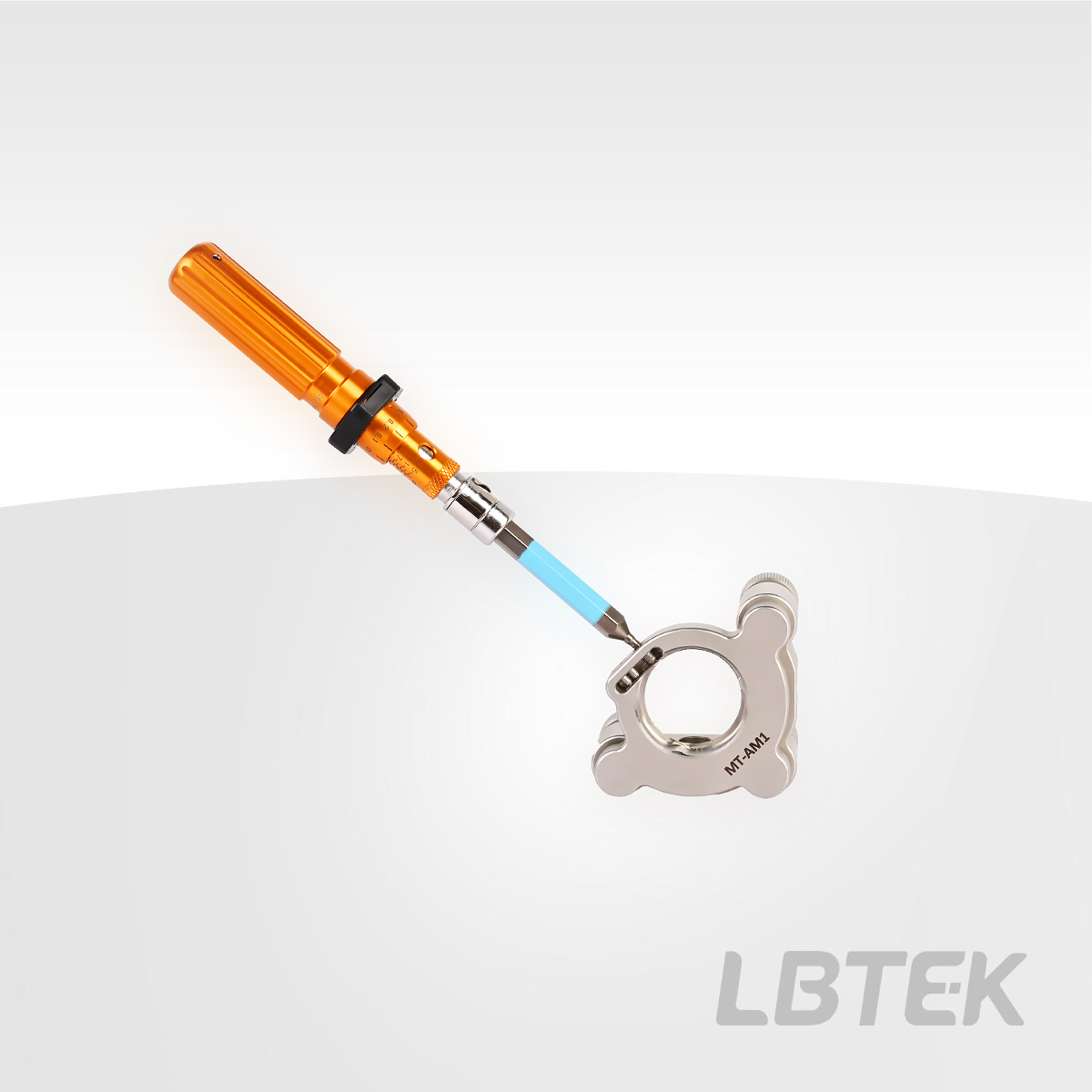
Using the appropriate hex bit can secure hex socket screws of different specifications.
Product Model | Torque Range | Unit Price | Compare | Lead Time | ||
|---|---|---|---|---|---|---|
| OTD-K60 New | 10-60 cN.m | $208.66 | 2 weeks | |||
| OTD-K15 New | 2-15 cN.m | $208.66 | 2 weeks |
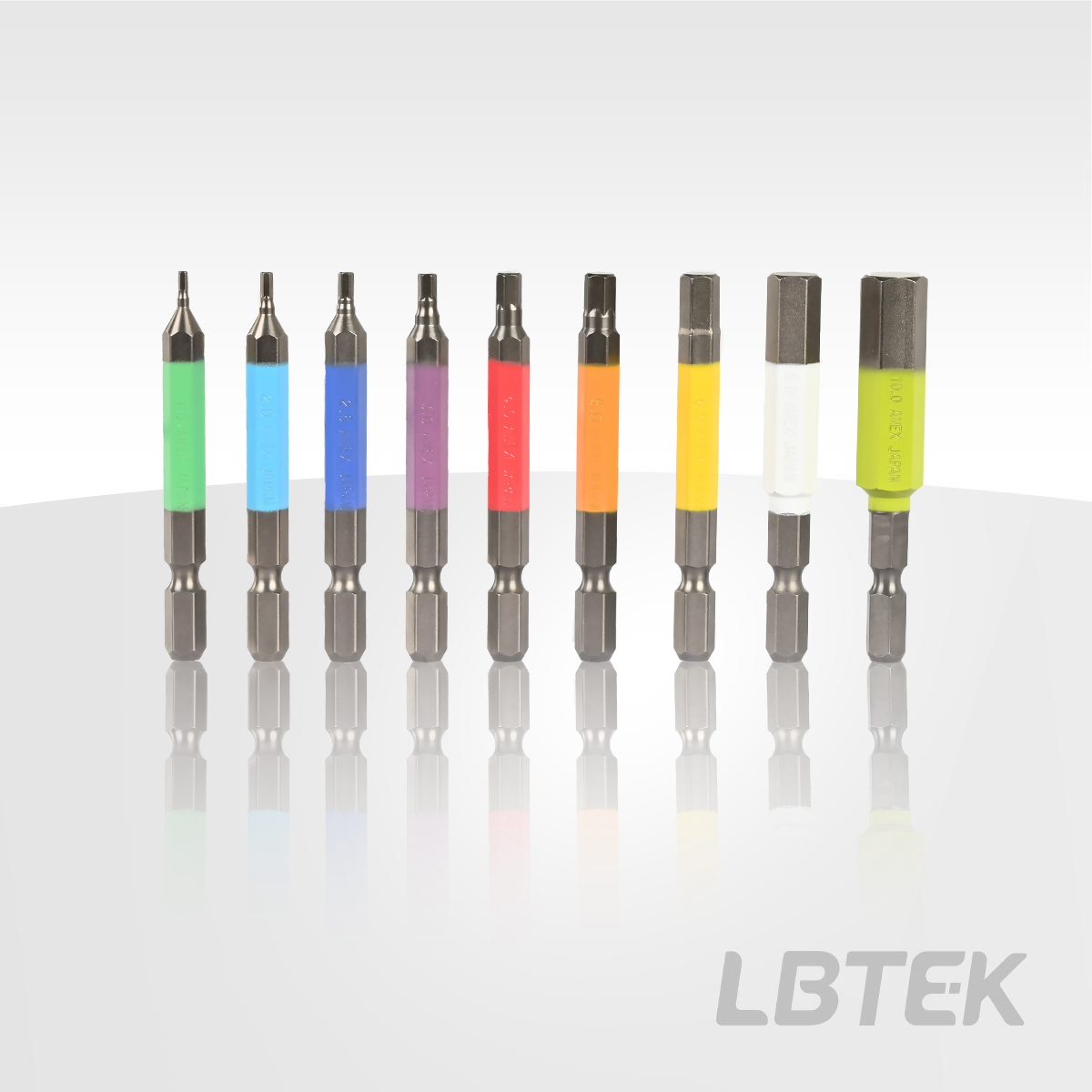
LBTEK organizes and packages hex bits of different specifications into a set, which is compatible with our OTD-K15 and OTD-K60 torque wrenches as well as traditional 1/4" socket wrenches. The specifications of the hex bits in the kit correspond to commonly used hex socket screws, making it very suitable for use in production lines, optical laboratories, and other scenarios that require frequent switching between different torque settings. The hex bits in the DBT-HW set feature different colors and engraved specifications for easy identification and use.

Each hex bit has different colors and engraving specifications for easy identification and use.
Product Model | Hex size | Unit Price | Compare | Lead Time | ||
|---|---|---|---|---|---|---|
| DBT-HW New | 1.5 mm、2.0 mm、2.5 mm、3.0 mm、4.0 mm、5.0 mm、6.0 mm、8.0 mm、10.0 mm | $66.02 | 2 weeks |
